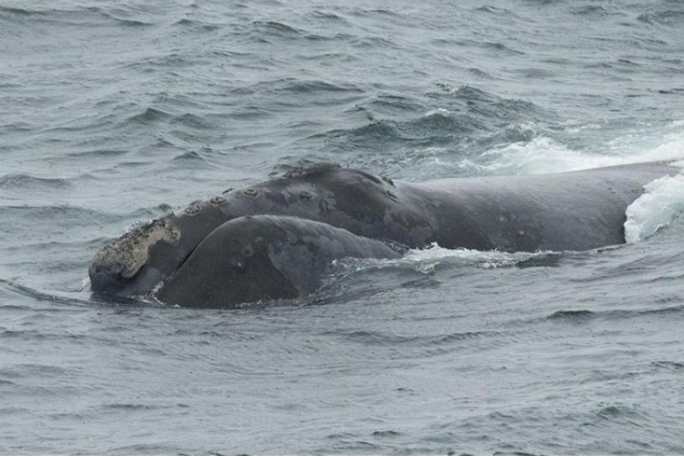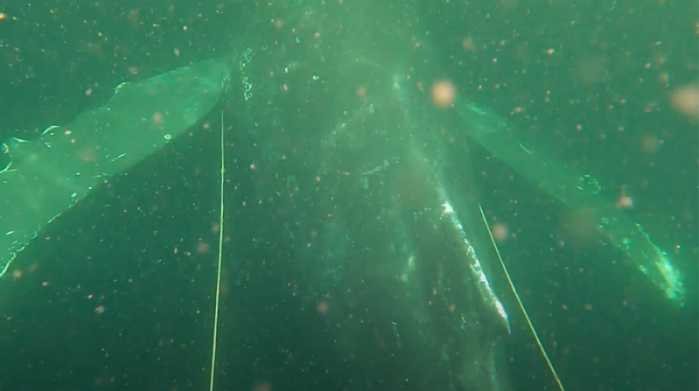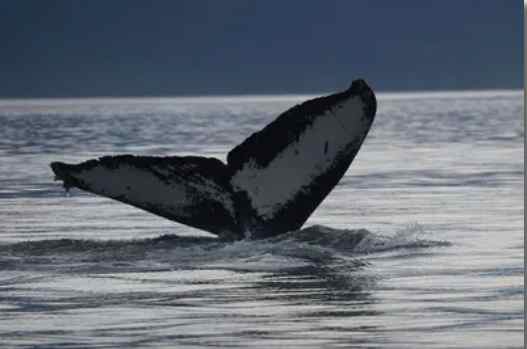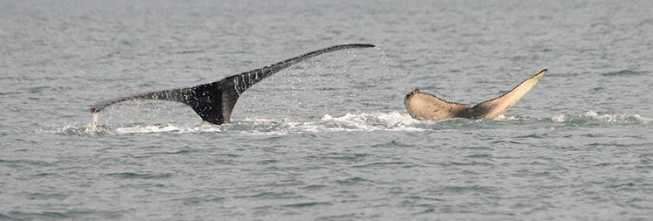
Endangered humpback whales in nine of 14 newly identified distinct population segments have recovered enough that they don’t warrant listing under the Endangered Species Act, NOAA Fisheries said Tuesday.
International conservation efforts to protect and conserve whales over the past 40 years proved successful for most populations. Four of the distinct population segments are still protected as endangered, and one is now listed as threatened.
Commercial whaling severely reduced humpback whale numbers from historical levels, and the United States listed all humpback whales as endangered in 1970. NOAA Fisheries worked nationally and internationally to identify and apply protections for humpback whales. The International Whaling Commission’s whaling moratorium, imposed in 1982, played a major role in the comeback of humpback whales, and remains in effect.[xyz-ihs snippet=”adsense-body-ad”]“Today’s news is a true ecological success story,” said Eileen Sobeck, assistant NOAA administrator for fisheries. “Whales, including the humpback, serve an important role in our marine environment. Separately managing humpback whale populations that are largely independent of each other allows us to tailor conservation approaches for each population.”
Two of the four populations that remain endangered are found in U.S. waters at certain times of the year. The Central America population feeds off the West Coast, while the Western North Pacific population does so in the Bering Sea and Aleutian Islands. The Mexico population – listed as threatened – also feeds off the West Coast of the United States and Alaska.
Two separate, complementary regulations filed today maintain protections for whales in waters off Hawaii and Alaska by specifying distance limits for approaching vessels. All humpback whales remain protected in U.S. waters and on the high seas under the Marine Mammal Protection Act, regardless of their ESA status.
[xyz-ihs snippet=”Adversal-468×60″]








